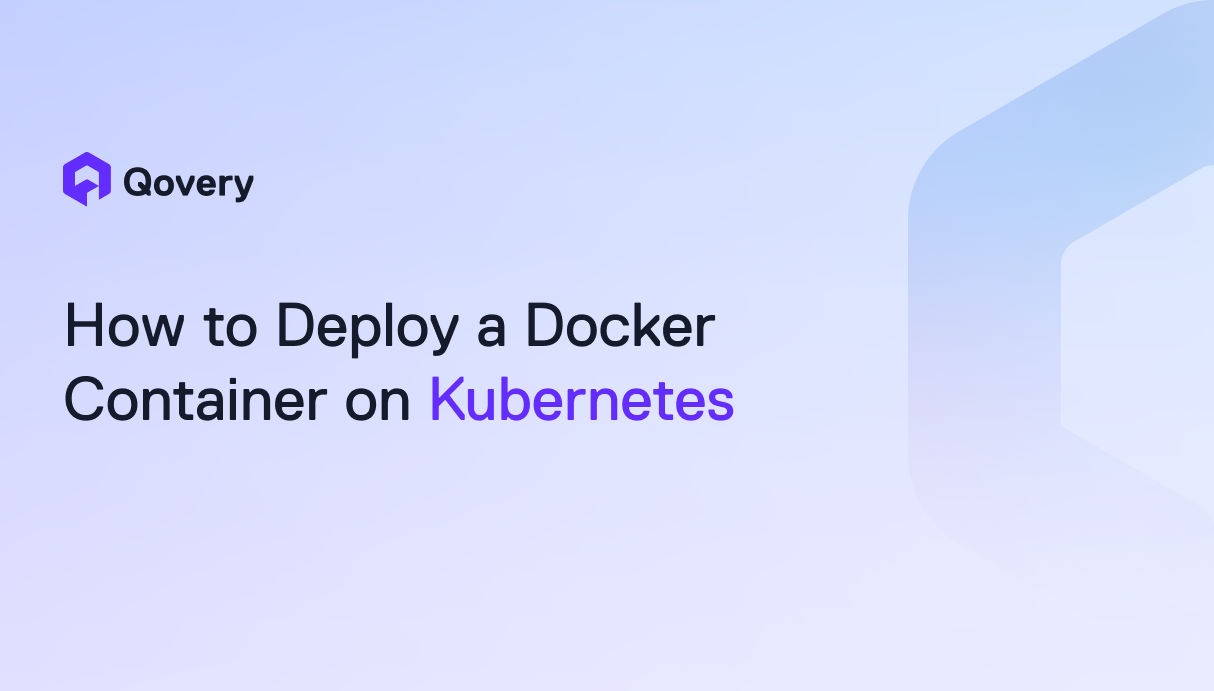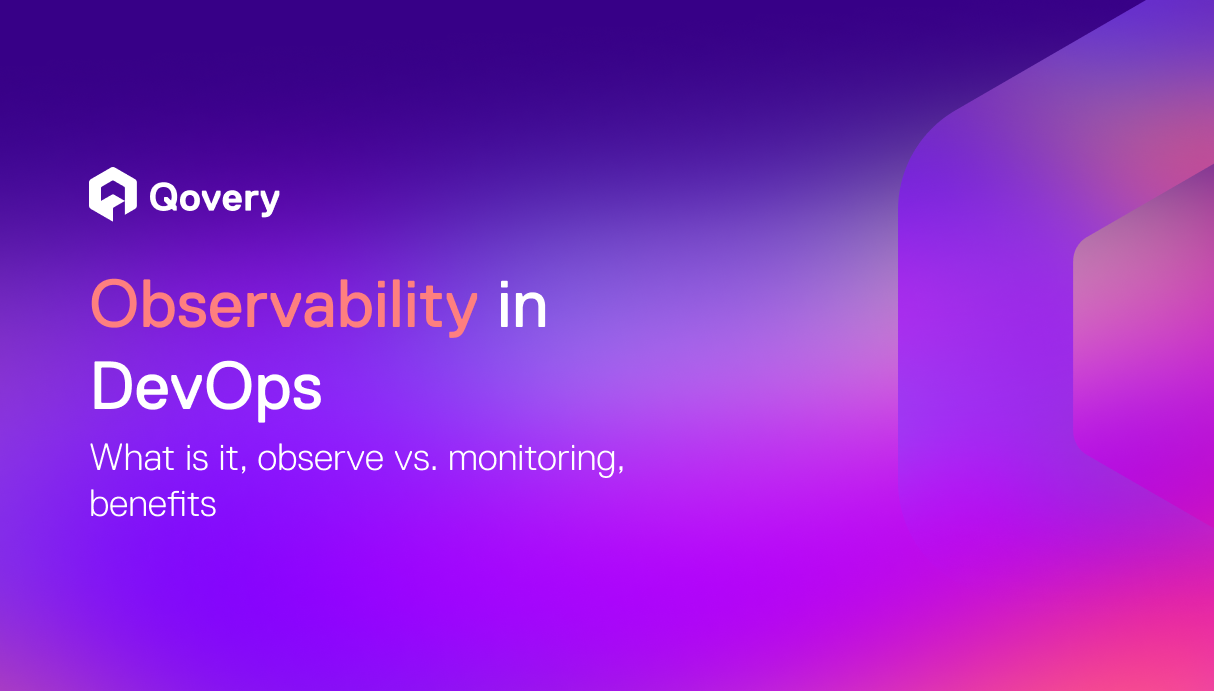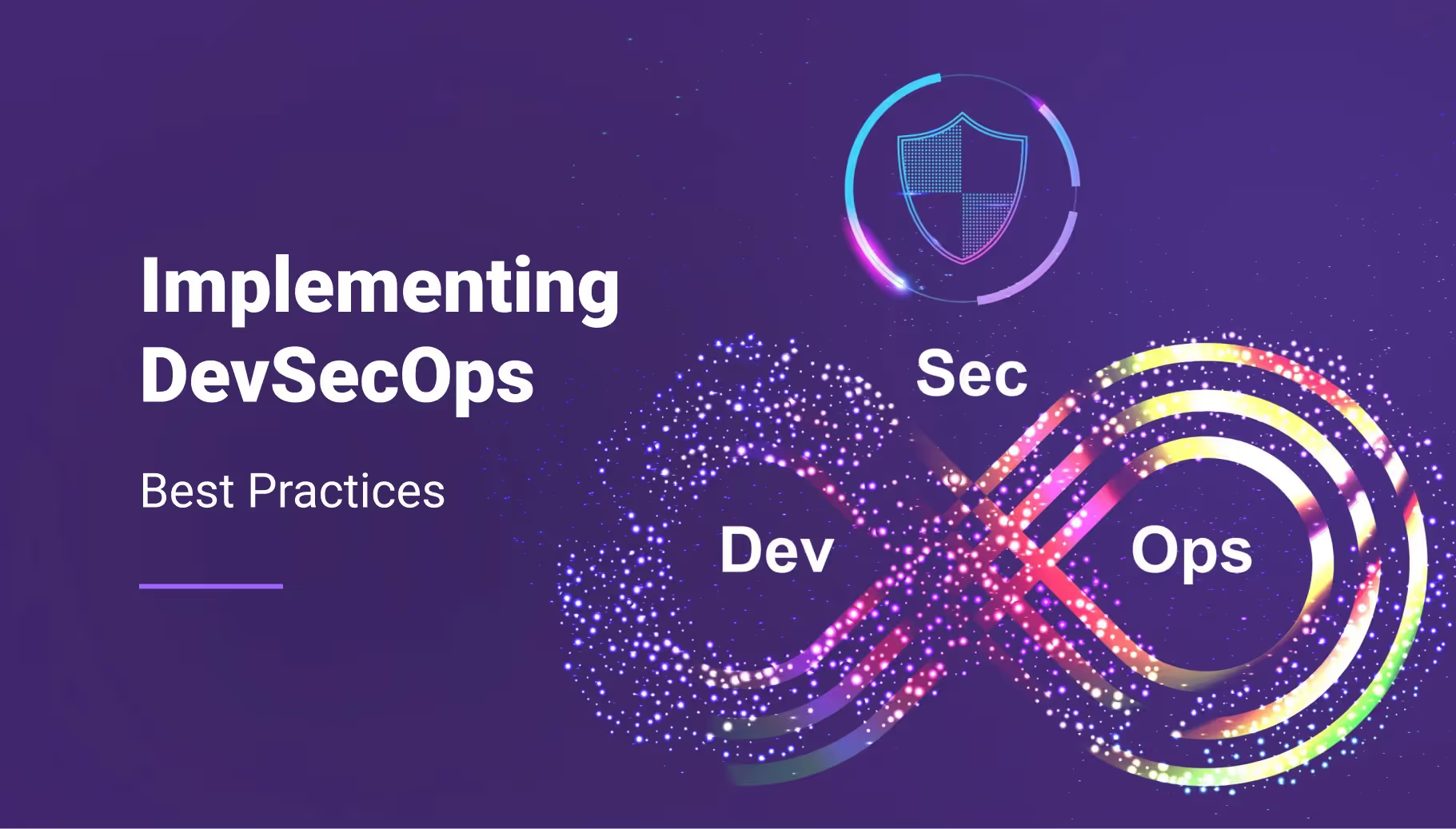

Testing Microservices at Scale: Using Ephemeral Environments

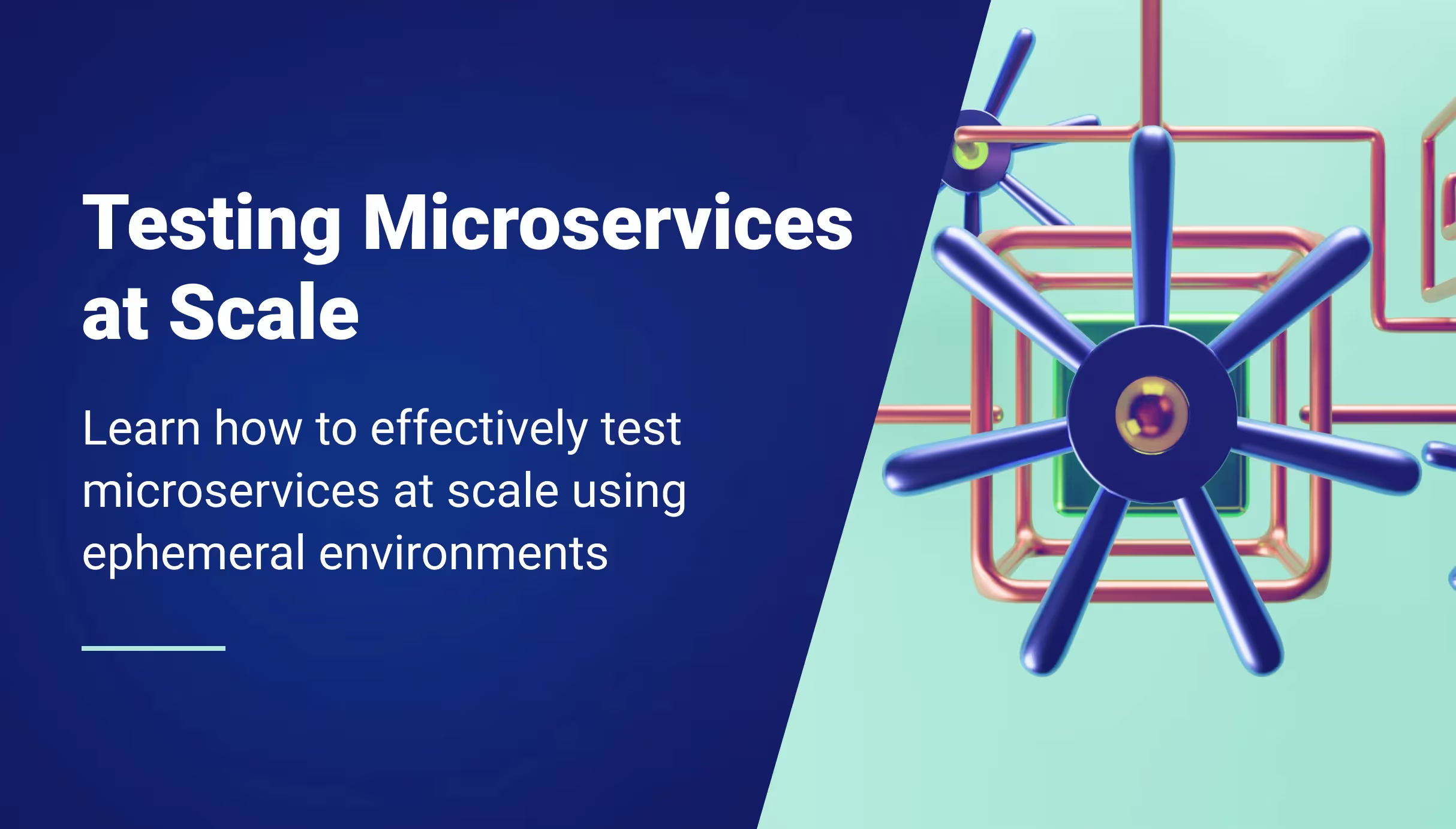

Introduction to Microservices Architecture
Microservices architecture has revolutionized software design. Netflix, Facebook, Google, etc., utilize microservices instead of monolith design for a reason. AWS and other cloud tools have helped teams build scalable and robust systems with microservices at the heart. The focus shifts as software development teams rapidly generate and deliver code portions. In heterogeneous, scaled-up environments, the success of microservices lies not only in writing good software but also in their ability to interoperate seamlessly.
While microservices is a very popular architecture, it comes with its own set of challenges as well. Testing is one of the issues of microservices architecture. Testing microservices at scale is difficult because standard testing environments cannot keep up with their dynamic and isolated nature. Replicating a sophisticated production setup with several integrations is complex. This is where modern technology and ephemeral environments help. Ephemeral testing environments simulate real-world interactions between an application's microservices and features. Developers can test their coded functionalities before going live in these ephemeral environments, maximizing software reliability and decreasing time and resource waste.
Understanding Microservices Testing
The essence of microservices is structuring software engineering systems as a collection of small, modular, deployable services. Each service runs a distinct process and communicates using a lightweight HTTP resource API.
The trend to microservices from monolithic design signals scalable and robust systems. They let engineering teams scale individual components instead of the whole system to respond faster. Decentralizing services lets teams work autonomously, improving productivity and agility.
Microservice Testing Challenges
Here are some of the challenges of testing microservices, especially at scale.
- Inter-service dependency: Since microservices depend on other microservices to work, they establish a web of dependencies. Testing one service typically requires testing of other related services too.
- Data consistency across services: Different services controlling different data points can cause data discrepancies. Testing data consistency across services is challenging.
- Service Scalability: As a system's microservices increase, they must scale properly. Testing the scalability of each microservice is not easy.
- Network issues: Microservices communicate through networks. Network slowness or failures might affect service performance, requiring specific testing. If your microservices are running in their own memory, process, etc., then each call from one microservice to another will be considered a remote call, increasing the load on the network.
- Service Versions: As microservices can be deployed independently, therefore many service versions may coexist. Testing must consider versioning and backward compatibility.
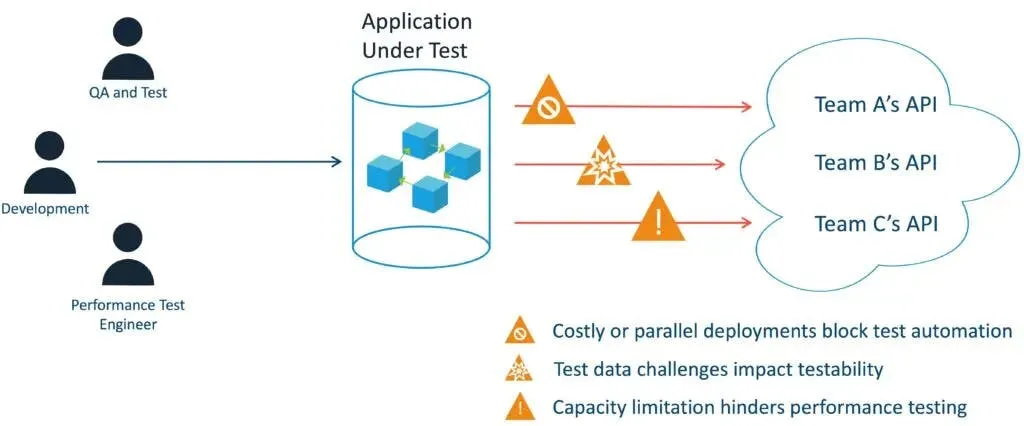
The need for realistic testing scenarios using ephemeral environments
Ephemeral environments can really help develop realistic testing scenarios. These temporary environments replicate the production environment and are very easy to create. Here is how they are the key to testing microservices.
- Variable Isolation: Ephemeral environments let testers isolate microservices or their combinations, making bugs easier to find. You can allocate one microservice to each ephemeral environment easily.
- Replicating Real-world Scenarios: These environments can simulate actual user loads, network settings, and inter-service dependencies in the production environment.
- Security: Ephemeral environments are isolated not only from each other but from production system too. If something breaks in one environment, users testing other ephemeral environments and the live system won't be affected.
The Power of Ephemeral Environments
Ephemeral environments are on-demand and isolated environments that simulate production system testing. The name "ephemeral" refers to its limited lifespan—the environment is replaced after testing. These environments are crucial to microservice testing. With several independent services interacting in complex configurations, a dedicated testing environment that simulates service interactions is critical. Developers and engineering teams can test microservices without affecting the production environment.
Ephemeral Testing Environments vs. Traditional testing environments
Now that we know how useful Ephemeral environments are, let's see how the Ephemeral environments differ from the traditional test environments.
- Lifespan: Traditional test environments might last days, weeks, or months. Ephemeral environments only last a test or series of tests.
- Resource efficiency: Ephemeral environments are spun up when needed and removed immediately after testing. This optimizes resource utilization, unlike traditional configurations that use resources even while idle.
- Consistency: Configuration drifts in traditional testing environments might cause test differences. Ephemeral environments are instantiated from a predetermined state or blueprint to ensure consistency.
- Scalability: Containerization and orchestration solutions can dynamically scale or change ephemeral environments to meet testing demands. Traditional environments require manual setup and intervention.

Microservices Testing Benefits from Ephemeral Environments
Let's go through different features that prove the importance of Ephemeral environments in microservices testing.
- Isolation: Each test cycle is isolated. This reduces the chance of errors from earlier test configurations or setups.
- Flexibility: Need to test or add a microservice? No problem, just modify the environment template, start a new environment, and you're done. No long environment reconfigurations are needed.
- Cost-effective: Only pay for what you use. Delete environments after tests to avoid wasting money on idle infrastructure.
- Improved Productivity: Developers and QA teams don't wait for shared environments to free up. They can spin up an ephemeral environment, test, and remove, improving workflows and turnaround times.
- Real-world Testing: Ephemeral environments, especially when mirrored to production, provide a more realistic testing environment. This detects problems and issues that may only occur under certain configurations early on.
Scaling Microservices Testing
Challenges of Scaling Microservices Testing
Here are some of the challenges in testing microservices at scale:
- Isolation: One challenge of scaling microservices testing is isolation. Unexpected cross-effects between microservices are a major drawback of shared testing. Imagine testing a payment service in a shared testing environment while someone else tests a cart service simultaneously. The payment service test may be confused by a dummy product supplied for the latter test that causes the cart to behave strangely. Ephemeral environments allow each test to operate in a silo, preventing overlap and ensuring accurate results.
- Data Management: Coordinating test data across multiple microservices can become a complex task, as it requires consistency and isolation
- Consistency: Test environment discrepancies cause the "it worked in the dev environment" problem. A service tested in an outdated environment may run OK but break in production owing to a missing configuration change. Ephemeral environments initialize each test environment from a consistent foundation, guaranteeing it's constantly equipped with the latest configurations and updates.
- Resource Efficiency: Piling up permanent test environments can drain infrastructure and maintenance resources. Imagine a company with five fixed test environments. Developers may rush or skip testing to meet schedules while waiting. Ephemeral environments, which are transitory, allow for on-demand provisioning and de-provisioning after testing, optimizing resource use.
- Dynamic Testing: Traditional test environments may not account for microservices operations' fluctuations. Consider a streaming platform that scales up and down during peak and off-peak hours. The traditional testing environment is static and won't capture scale-related concerns. Ephemeral environments, designed to mimic such dynamics, can evaluate services' ability to handle production dynamics in real-time.
Addressing Challenges with Ephemeral Environments
Ephemeral environments are the perfect solution to these challenges. Here is how they combat the above-mentioned challenges:
- Isolation: Ephemeral environments allow testing in isolation. Spin up a microservice and its dependencies in its own environment to isolate tests from other services.
- Data Management: Ephemeral environments can be configured with pre-defined data sets or snapshots, ensuring consistency across tests. Additionally, changes made during testing do not impact other environments, simplifying data management.
- Consistency: Each test has a new environment to ensure setups and databases are consistent. This eliminates "it works on my machine" issues.
- Resource Efficiency: These transient environments don't need maintenance. This saves resources because environments only live during testing.
- Dynamic Testing: Ephemeral environments can simulate production microservices architectures' dynamic behavior for more realistic testing.
Concrete Examples of Scalable Testing with Ephemeral Environments
- Growing SaaS Company Example
Let's explore how ephemeral environments can benefit a SaaS company that specializes in providing project management and collaboration software to businesses.
A. Challenge: Ensuring Scalability and Reliability
The SaaS company's platform is used by thousands of businesses worldwide for project planning, task management, and team collaboration. Ensuring the platform's scalability and reliability, especially during peak usage times, is a significant challenge.
B. Solution: Ephemeral Environments for Scalability and Load Testing
Imagine the SaaS company is gearing up for a major product launch. They expect a surge in user sign-ups and activity during the launch week. To ensure their platform can handle the increased load, they turn to ephemeral environments for comprehensive testing.
- Scalability Testing: Ephemeral environments are provisioned with the same server setups as the production environment, ensuring an identical configuration. Load tests are conducted by simulating thousands of concurrent users signing up, creating projects, and assigning tasks.
- Resource Optimization: The load testing reveals that during peak usage, the platform experiences CPU and memory spikes. Using insights from the ephemeral environments, the company fine-tunes its auto-scaling settings to ensure resources are dynamically allocated as needed to maintain performance.
- Failover and Recovery Testing: In one ephemeral environment, the company purposefully triggers a server failure. They observe how quickly the system detects the failure and reroutes traffic to healthy servers, minimizing downtime.
- Database Scaling: Another ephemeral environment is set up to test different database configurations. They assess the performance of various database engines and setups to ensure optimal data retrieval and storage.
As a result of using ephemeral environments for scalability and load testing, the SaaS company can confidently handle the increased traffic during their product launch. They have optimized resource allocation, robust failover mechanisms, and an efficient database setup in place. This not only ensures a seamless user experience during peak times but also enhances their reputation as a reliable project management and collaboration platform.
- Healthcare company Example
Let's explore now how ephemeral environments can benefit a healthcare software company. This company specializes in developing software solutions for managing electronic health records (EHRs) and patient data. Their software comprises various microservices responsible for tasks like data storage, patient records management, and healthcare analytics.
A. Challenge: Ensuring Data Security and Compliance
In the healthcare industry, data security and compliance with regulations like the Health Insurance Portability and Accountability Act (HIPAA) are paramount. The company must rigorously test its software to ensure it meets these standards, while also ensuring high availability and fault tolerance.
B. Solution: Ephemeral Environments for Security and Compliance Testing
Consider a scenario where a healthcare provider using the company's EHR software needs to undergo a compliance audit to maintain their certification. During this audit, the healthcare provider's infrastructure and the software they use will be scrutinized to ensure they meet HIPAA and other regulatory requirements.
- Security Testing: Ephemeral environments, identical to the production environment in terms of security measures, are set up. Penetration testers perform ethical hacking attempts to identify vulnerabilities that could potentially compromise patient data.
- Compliance Checks: Automated scripts are executed to ensure that patient data access is limited to authorized personnel and that audit logs capture all relevant activities. Any deviations from compliance standards are flagged for immediate attention.
- High Availability and Fault Tolerance: During the audit, the auditors simulate various failure scenarios within the ephemeral environments. They want to verify that even in the face of hardware failures or network issues, the EHR system remains accessible and that data integrity is preserved.
- Data Privacy Audits: Auditors assess the company's data privacy practices within the ephemeral environments. They scrutinize data handling processes, encryption methods, and data retention policies.
The results of these tests using ephemeral environments enable the healthcare software company to ensure the security of patient data, compliance with healthcare regulations, and the reliability of their software in critical situations like compliance audits. It provides confidence to their clients, the healthcare providers, that their EHR software not only delivers efficient data management but also adheres to the highest standards of data security and compliance.
Implementation and Tools
Due to their scalability and flexibility, microservices are essential to modern application development. To ensure robustness, you should test them in diverse scenarios and environments. One of the advanced methods of testing microservices is through ephemeral environments, that exist solely for testing purposes. In this section, we'll explore how to actually implement these environments and the tools that can simplify our life, especially when using AWS resources and tools that align well with a developer's needs.
Setting Up and Managing Ephemeral Environments
- Understanding the Basics: Ephemeral environments usually last only a few tests. This prevents tests from interfering and starts each scenario fresh.
- Infrastructure as Code (IaC): Terraform or Ansible can create an ephemeral environment. These tools make it easy to spin up and tear down environments by defining and provisioning infrastructure using code.
- Automate the Process: AWS services, Jenkins or CircleCI can automate ephemeral environment generation and deletion. It is triggered by code commits and pull requests.
Tool and Platform for Ephemeral Environments
- Qovery, an integrated AWS/GCP platform: This platform is distinguished by its seamless integration with top cloud providers such as AWS and GCP. Using Kubernetes, Docker, and Terraform, Qovery simplifies the administration and orchestration of ephemeral environments. The primary advantage of Qovery is its intuitive nature that allows for simple deployment of microservices, making it a valuable choice for those diving into the world of ephemeral environments.
- Kubernetes: Well-known for its containerized application orchestration, Kubernetes provides dynamic scaling, which is especially important when constructing ephemeral environments. This feature enables developers to scale environments up or down based on current demand, making it a more resource-efficient option.
- Docker: Docker is instrumental in the development of microservices, and its containers offer a consistent environment for both local testing and the creation of environments that replicate production. The uniformity that Docker assures results in fewer surprises during the transition from development to deployment, thereby decreasing the likelihood that problems will arise in a live environment.
- ArgoCD excels at orchestrating the deployment of ephemeral environments as an open-source, multi-cloud continuous delivery platform. Its adaptability across various cloud platforms, coupled with its automation capabilities, ensures a more streamlined and effective workflow when dealing with ephemeral environments.
Step by Step example to test microservice using ephemeral environment
Let's take the example of Qovery for this article. Here are the steps to test a microservice using the ephemeral environment of Qovery.
- Setting Up Your Project: Create a Qovery project and link it to your repository. Your project root's qovery.yml file defines your microservices.
- Defining the environment: Create a new ephemeral environment in Qovery dashboard's environment section. You will need to configure environment variables, resources, and other configurations.
- Triggering Ephemeral Environment: CI/CD integration triggers the ephemeral environment on code commits and pull requests.
- Testing Microservices: Once launched, you can run your test suite against an ephemeral environment. Analyze your services' behavior and performance with Qovery's monitoring and logging features.
- Destroying the Environment: After testing, the environment can be deleted automatically or manually to free up resources.

Benefits and ROI of Adopting Ephemeral Environments
Benefits of Ephemeral Environments
Find below some benefits of adopting ephemeral environments for microservices testing:
- Improved Efficiency: Testing in traditional venues is limited. Taking time to set them up might slow development pipelines. However, ephemeral environments can be created or destroyed quickly. This lets developers test features or services without a full-scale environment, enabling engineering teams to swiftly move through development cycles.
- Cost savings: Running persistent test environments is expensive and resource-intensive. Ephemeral environments save infrastructure and maintenance expenses because they're only used when needed.
- Quicker Market Entry: Today's tech world demands speed. Ephemeral environments enable parallel testing of numerous features or services. This speeds up product or feature launches by reducing development pipeline wait time.
ROI of Ephemeral Environments
Understanding ROI is critical for business decisions. Integrating AWS-based ephemeral environments into microservices development workflows is intriguing and results in the following:
- Lower Infrastructure Costs: Viewing ROI through actual savings is simple. Ephemeral environments reduce hardware, software, and human resource costs by not running or maintaining superfluous environments.
- Enhanced Developer Productivity: Time is a crucial resource. Developers can write code and innovate more when they spend less time waiting for test environments or debugging shared testing areas. This productivity improvement accelerates development cycles and delivers more value to the market faster.
- Improved Product Quality: Ephemeral environments allow more frequent and thorough testing. When developers test their services in isolated, real-world-like environments, bugs and inconsistency detection increases. In the long run, this reduces post-launch difficulties, customer complaints, and costly hotfixes by improving product quality.
- Increased Flexibility: Products need to evolve with the passage of time. A rigorous testing environment can impede creativity. Teams can swiftly adapt to new requirements, test out-of-the-box solutions, and pivot without overhead or delay. This agility can help organizations seize new possibilities and gain a competitive edge.
Best Practices for Microservices Testing
Below, we have compiled best practices to ensure maximum utilization of ephemeral environments for your microservices testing.
- Leverage Infrastructure as Code (IaC) tools like Terraform or CloudFormation to manage ephemeral environments.
- Mask or anonymize sensitive testing data to maintain the confidentiality of test data. This ensures software applications remain secure even in test environments.
- Keep environments immutable after provisioning. Discard the current instance and provision a new one for updates.
- Git should be used to version control application code, environment configurations, and setup scripts.
- Integrate DevOps principles in your workflow. Automate everything from environment provisioning to testing to infrastructure teardown to reduce human mistakes and overhead.
- Make sure your testing tools and ephemeral environments are optimized for optimal performance.Consider the ephemeral environment as a dynamic staging environment, allowing for real-world testing scenarios before actual deployment.
- To ease troubleshooting and improve clarity, test one feature or functionality per test.
- After testing in an ephemeral environment, automate data cleansing to avoid storage expenses and breaches.
- Track ephemeral environment resource consumption to avoid infrastructure cost overruns and optimize.
- Set a maximum lifespan for each ephemeral environment. Decommission environments above this TTL automatically.
- Ephemeral environments start with a container or base image. Update these with security patches and other upgrades regularly.
- For effective testing, allow developers to clone the whole ephemeral environment to have the environment where actual issue happened.
- Caching, improved base images, and other methods should be used to speed up environment provisioning and de-provisioning.
- Allow developers and testers to report ephemeral environment inconsistencies.
- Clear and consistent naming conventions let you identify and manage your ephemeral environments.
- Use the ephemeral environment to run integration tests, ensuring seamless interactions between microservice. Subsequently, run lightweight, quick inspections or full-scale performance tests in different-sized ephemeral environments.
- Create templates for different test settings. This verifies the environment satisfies test scenario criteria.
- Implement cost-tracking methods for each ephemeral environment to improve budgeting and cost minimization.
Conclusion
Microservices architecture is the foundation of scalable and efficient application frameworks in modern software development driven by AWS resources and best practices in software engineering, and the architecture ensures seamless application development. However, due to their various factors, it adds complexity to testing, especially at scale. This article explored these issues and suggested a solution in the form of ephemeral environments.
Using AWS and its suite of services, ephemeral environments meet microservices testing needs and offer several benefits. These environments enable an efficient, cost-effective, and scalable testing paradigm by bringing realism to testing scenarios and optimizing resource utilization.
The practical guidance and resources also provide a roadmap for individuals willing to accept this dramatic shift. Implementing such novel approaches streamlines testing and can significantly improve time-to-market and ROI. It requires understanding, the correct tools, and best practices to realize its potential, like any paradigm change fully.
As we conclude this article, ephemeral environments represent a strategic need for scaled microservices testing. Whether you're a seasoned developer or a new microservices company, take the plunge. Explore these insights, tools, and best practices because effective testing today is the foundation for perfect applications tomorrow.

Suggested articles
.webp)



.svg)
.svg)
.svg)


